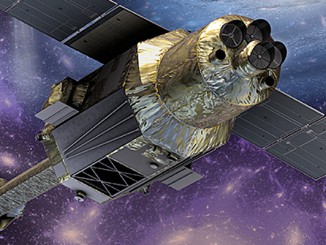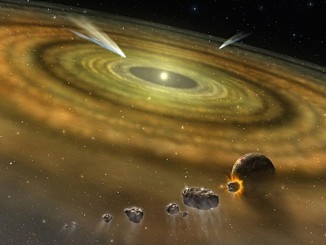
Astronomers find a rare supernova ‘impostor’ in a nearby galaxy
In May 2010, a South African amateur astronomer pointed his telescope toward nearby galaxy NGC 300 and discovered what appeared to be a supernova — a massive star ending its life in a blaze of glory. However, SN 2010da is what we call a ‘supernova impostor’ — something initially thought to be a supernova, but later releaved as a massive star showing an enormous flare of activity.









